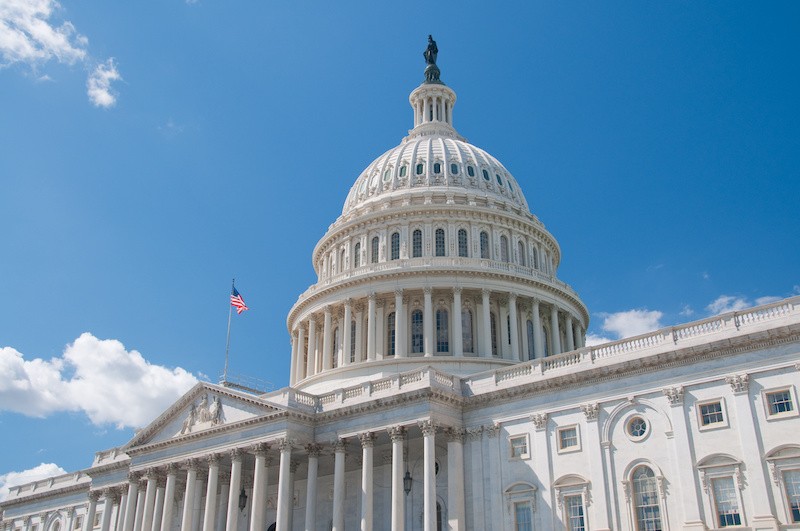The backlash to the discordant US position on the Asian Infrastructure Investment Bank (AIIB) this week was swift and seemingly universal. So much so that I can’t find any voices defending the US view to link to here. Fair enough. As I’ve already argued (here and here), the criticism is deserved.
But I part ways with one emerging narrative about how the US can get back on track. I don’t agree that the US should join the very institution that it has so strongly called on others to avoid. Even if the will were there from the Obama administration (and it is decidedly not), the path to membership would be nearly impossible. President Obama couldn’t sign the United States up for AIIB membership for the same reason he can’t offer US approval for the IMF reform package (something he does want). Namely, the US Congress. Capitol Hill would need to authorize and pay for US participation in the new institution. That will not happen. Earlier this week Treasury Secretary Jack Lew reiterated the Administration’s urging for IMF reform in Congressional testimony (play video from 19.17 – 23.38).
Yet a better and more feasible option is already at hand.
There’s a higher likelihood that the Obama administration could work with Congress on a set of measures to increase the attractiveness of the World Bank and Asian Development Bank in the eyes of the very countries that are now looking fondly toward the AIIB.
The US objective at this point will be to ensure that the AIIB does not grow quickly to eclipse the existing international financial institutions (IFIs), or that the AIIB does not otherwise become the launching point for an alternative network of regional development banks, all of them excluding the United States. The best way to do that is to realize more of the pent up ambition for the new institutions through the existing ones. That means one thing: money.
The United States, and particularly the US Congress, can’t expect to “lead” in institutions like the World Bank if it isn’t willing to pony up more resources. This means demonstrating a newfound ambition when it comes to more capital for the World Bank and the regional development banks in Asia, Africa, and Latin America. Much of the US talk in these banks in recent years is around doing more with less, leveraging more, and relying more on private money. In the meantime, many of the World Bank’s leading shareholders (China, the UK, France, Germany) are now demonstrating that they are perfectly willing to put more of their public resources through multilateral channels.
The United States can demonstrate renewed leadership by channeling some of this ambition from other countries into the existing IFIs. Why not announce support for a doubling of World Bank capital? That may sound prohibitively expensive, but the budgetary implications are actually very modest, representing about one percent of the annual US foreign assistance budget.
Is that too costly an investment to shore up US strategic influence globally at a time when it appears to be in peril?
CGD blog posts reflect the views of the authors, drawing on prior research and experience in their areas of expertise.
CGD is a nonpartisan, independent organization and does not take institutional positions.





